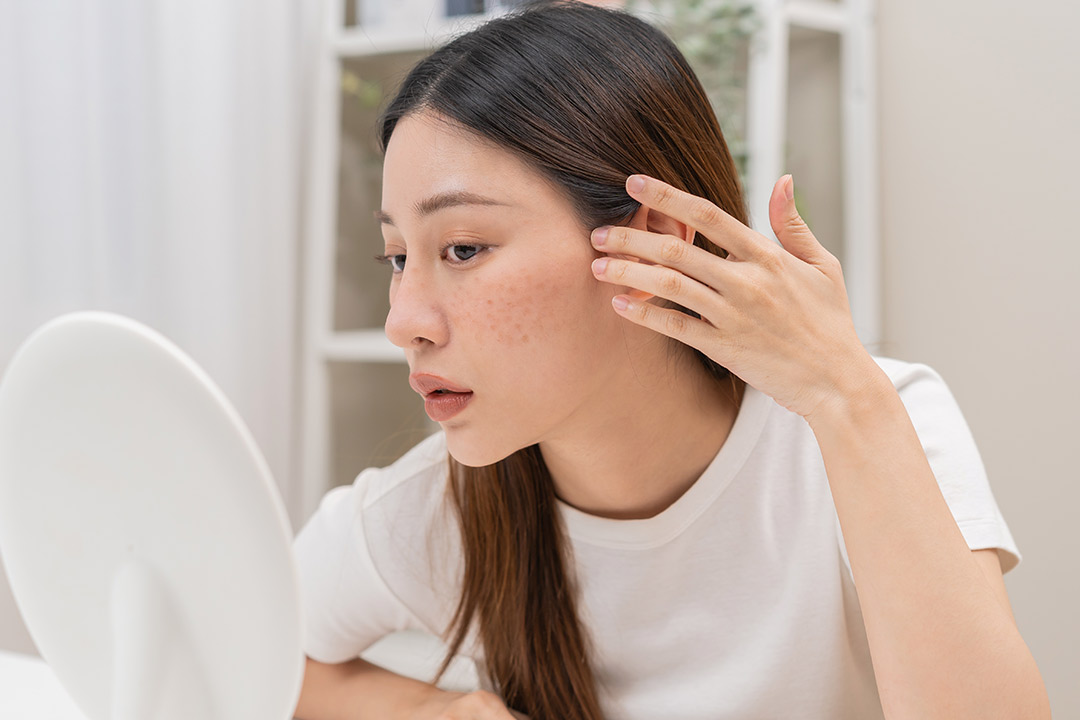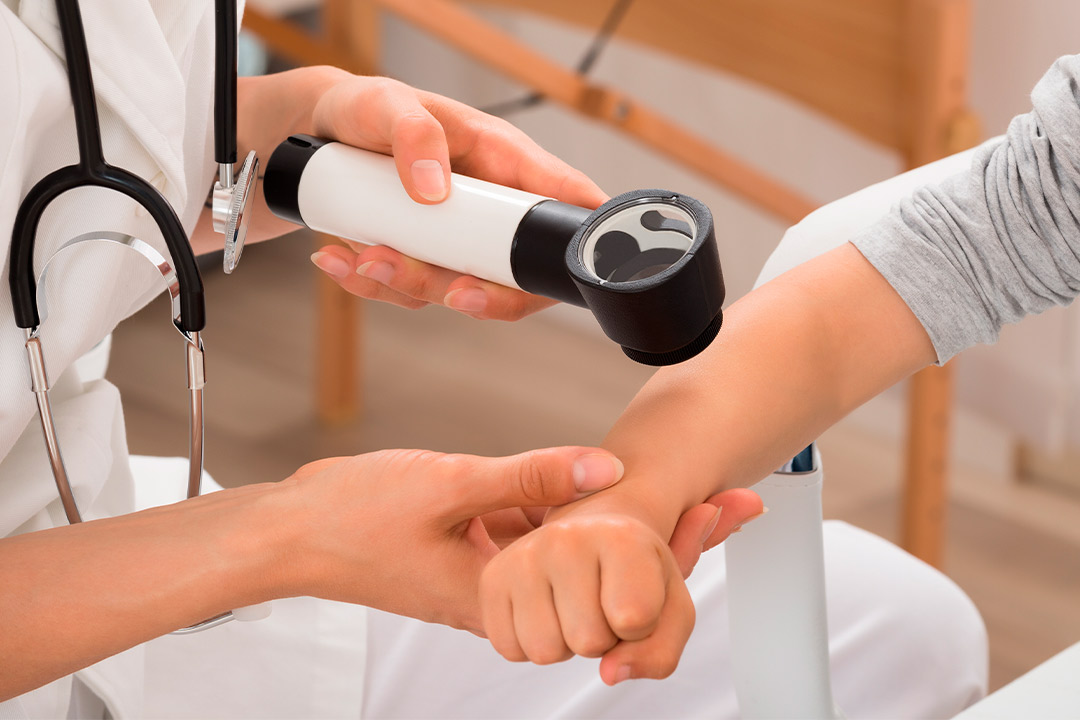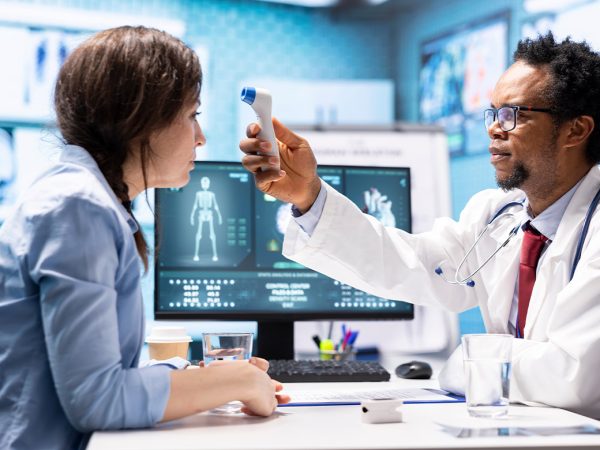Skin Cancer Awareness: Protecting Yourself Under the South Texas Sun
With nearly 280 hours of sunshine in June and up to 308 hours in August, South Texas is one of the sunniest and most UV-intense regions in the country. While the sunshine supports outdoor lifestyles, it also places residents at increased risk for skin cancer year-round. South Texas is a hotbed of skin cancer, and it affects people of all races, all ages, and both genders.
Certain factors increase risk:
While anyone can develop skin cancer, you’re at higher risk if you have:
Fair skin, light hair, or light-colored eyes
- A family history of skin cancer
- Frequent sunburns (especially blistering ones)
- Numerous moles or freckles
- Prolonged or repeated sun exposure
- A history of tanning bed use
Just five sunburns in your life can double your risk of melanoma, a sobering statistic for sun-loving Texans.
Skin cancer remains the most common cancer in the United States, with over 2 million Americans diagnosed annually. Melanoma is the most dangerous form of skin cancer because it can grow quickly and spread to other parts of the body if not detected early, accounting for only 2% of skin cancers. Basal and squamous cell carcinomas are the most common types of skin cancer, typically caused by sun exposure, with basal cells growing slowly and rarely spreading. In contrast, squamous cells can grow faster and may spread if untreated.
We will explore the early signs, and most effective strategies to protect yourself and your loved ones from this highly preventable condition.
Causes of Skin Cancer: Know the Signs

Early detection can dramatically improve survival rates, especially for melanoma. Since skin cancer symptoms often appear subtly, knowing what to look for can be lifesaving. Dermatologists recommend using the ABCDE method when examining your skin for melanoma:
The ABCDE Method:
| Letter | What to Look For in a Suspicious Skin Growth: |
| A | Asymmetry: Uneven halves |
| B | Border: Irregular or ragged |
| C | Color: Multiple or uneven tones |
| D | Diameter: Larger than 6mm |
| E | Evolving: Changes over time |
Monthly Self-Exams & Annual Screenings
In South Texas’s high-risk environment, monthly self-examinations and annual dermatologist screenings are essential. These regular checks can detect concerning changes before they become serious problems.
- Check your entire body monthly (yes, even your scalp and soles).
- Schedule a dermatologist exam once a year – more often if you’re at higher risk.
Survival Rates by Stage
The impact of timely identification is dramatic: the five-year survival rate for melanoma is 99% when caught in its earliest stages, but drops precipitously to 66% once it reaches the lymph nodes and just 32% when it spreads to distant organs. This stark contrast highlights why vigilance and prompt medical attention for suspicious spots can truly save lives.
| Stage | 5-Year Survival Rate |
| Detected Early (local) | 99% |
| Spread to Lymph Nodes | 66% |
| Metastasized to Organs | 32% |
Essential Sun Safety: Your Prevention Plan

While South Texas sunshine may be abundant, skin cancer is largely preventable with consistent protective measures. Over 90% of melanoma cases are linked to UV exposure. Implementing a comprehensive sun safety routine compulsory to avoid skin cancer as it is highly preventable. Follow these simple strategies to safeguard your skin:
Time It Right
- Avoid direct sunlight between 10 a.m. and 4 p.m. when UV rays are the strongest. Remember that UV radiation can affect you even on cloudy days and can reflect off surfaces like water, sand, and concrete, potentially increasing your exposure
- Use the shadow rule: UV rays are the strongest if your shadow is shorter than you. Seek shade when outdoors to minimize direct exposure.
Cover Up
Create a physical barrier against UV rays by wearing protective clothing. Sun-protective clothing is particularly valuable for extended outdoor activities.
- Wear long sleeves and pants when outdoors.
- Use wide-brimmed hats to protect your face, ears, and neck.
- Choose UV-blocking sunglasses to protect your eyes.
- Choose the right sunscreen
Sunscreen remains your fundamental defense against UV damage.
| Feature | Recommendation |
| Type | Choose a broad-spectrum that protects against both UVA and UVB rays. UVA rays penetrate deep into the skin, leading to premature aging and wrinkles, while UVB rays affect the skin’s surface and are the main cause of sunburn and skin cancer |
| SPF | 30 or higher |
| Application | Apply generously: 15 minutes before sun exposure Use a shot glass–sized amount of sunscreen for your whole body Reapply every two or three hours, or more frequently when swimming or sweating |
| Avoid | Avoid indoor tanning beds entirely They expose users to extreme levels of UV rays, causing irreversible damage |
What to Do If You Notice a Suspicious Spot

Despite our best prevention efforts, changes in your skin can still occur. Be proactive:
Step 1: Contact a healthcare provider
Don’t ignore that new mole or odd-looking spot. If it meets any of the ABCDE criteria, schedule a professional skin evaluation promptly.
Step 2: Get a biopsy (If Recommended)
If a lesion appears suspicious, your doctor may perform a skin biopsy:
- Done under local anesthetic
- Takes about 15–30 minutes
- Minimal discomfort
- Results within 1–2 weeks
Step 3: Understand your treatment options
Depending on the diagnosis and cancer type, treatment may include:
- Surgical removal (most common and effective)
- Cryotherapy (freezing)
- Topical treatments
- Radiation therapy
- Immunotherapy or targeted treatments (for advanced cases)
The earlier the diagnosis, the more options you’ll have and the better the outcome.
Do you have a wart? Yo may be interested in: 10 Proven Methods to Get Rid of Warts
Protect your skin with Kuye Medical Group
If you love the sun and live in sunny South Texas, be aware of the heightened risk of skin cancer. At Kuye Medical Group, we’re committed to keeping your skin healthy year-round through:
- Annual skin checks
- Advanced diagnostics (including biopsies)
- Patient education and sun protection plans
- Early intervention and referral for treatment
Don’t wait until it’s too late. Book your appointment today and take the first step toward lifelong skin health.





